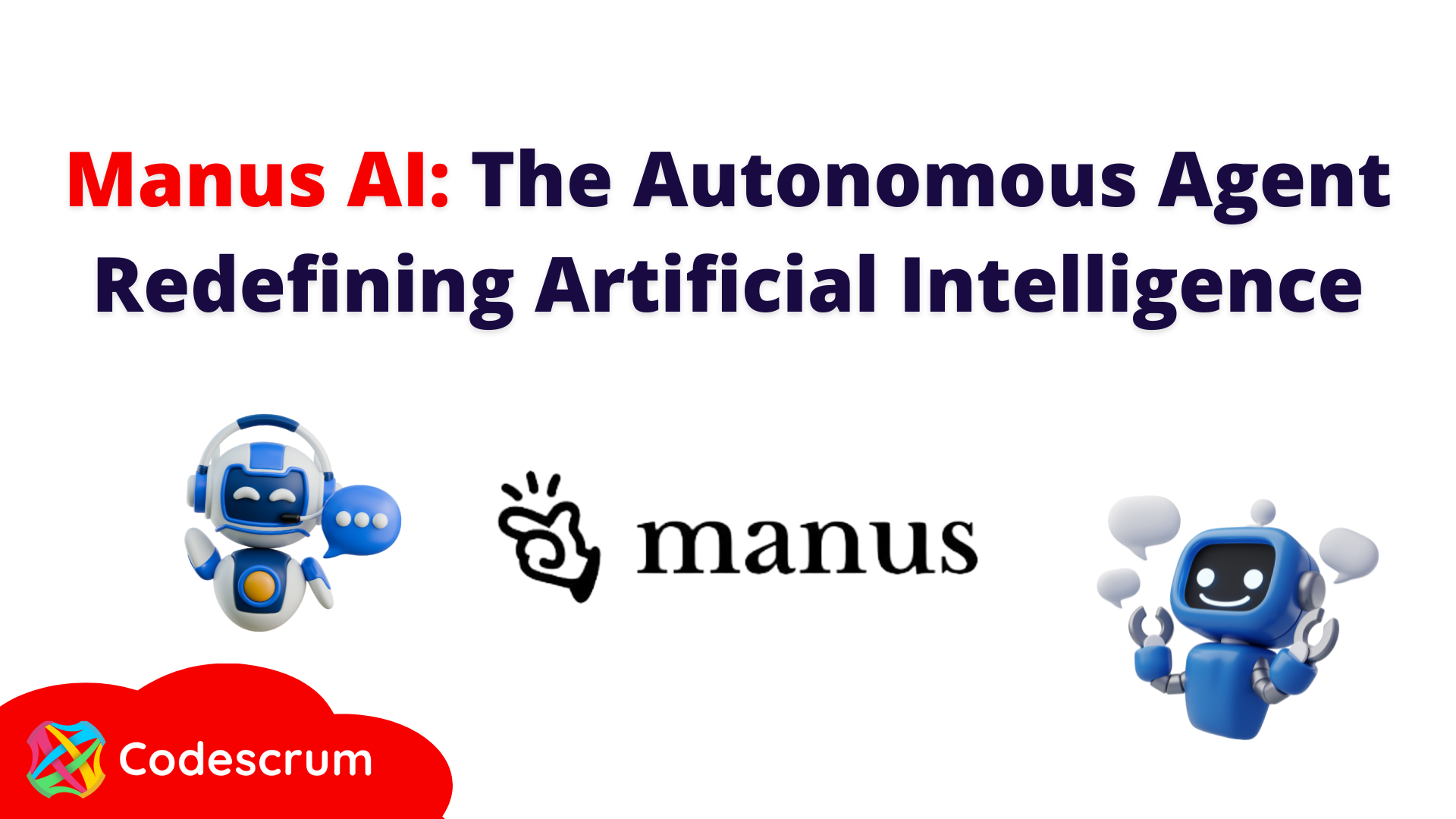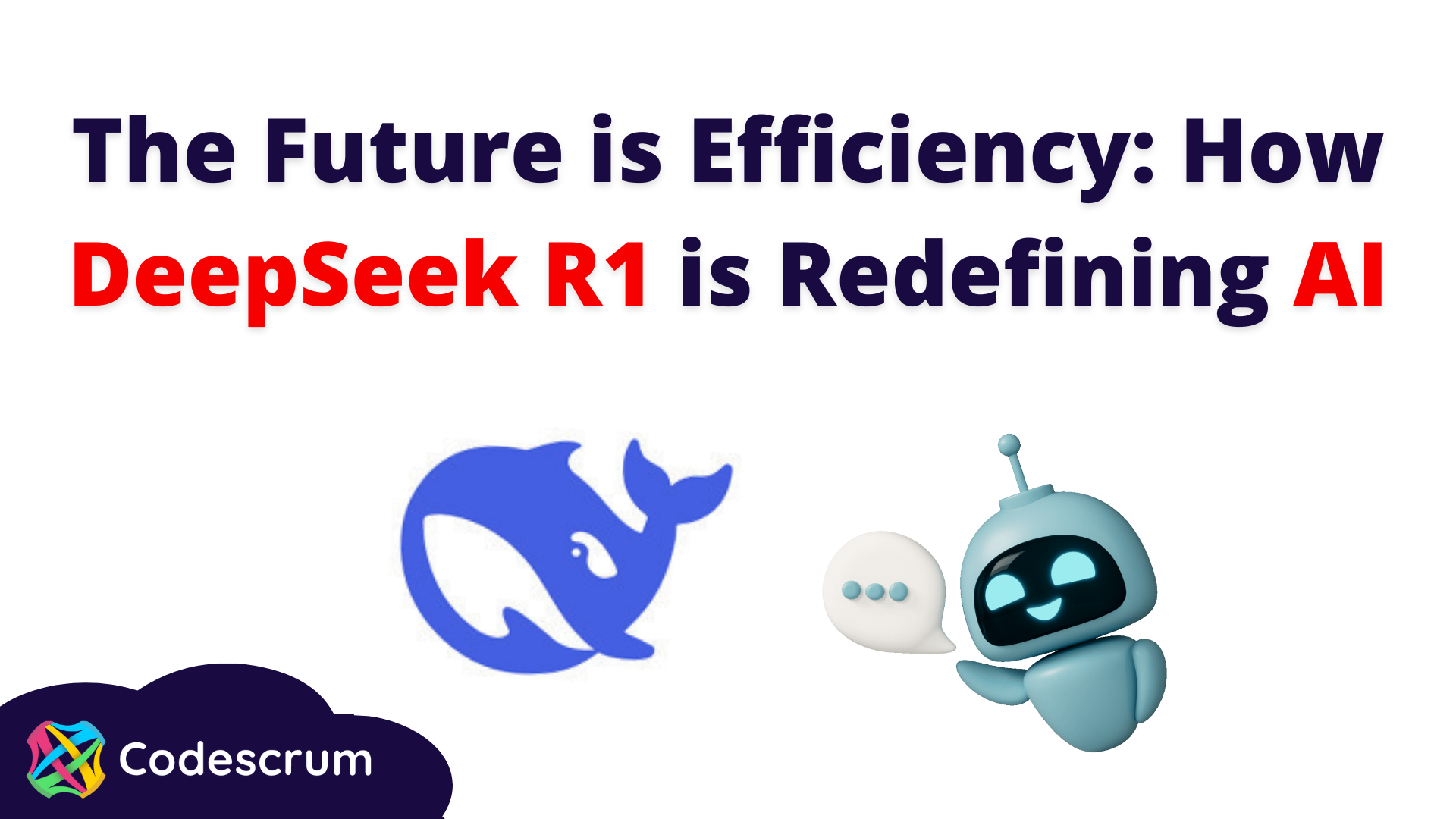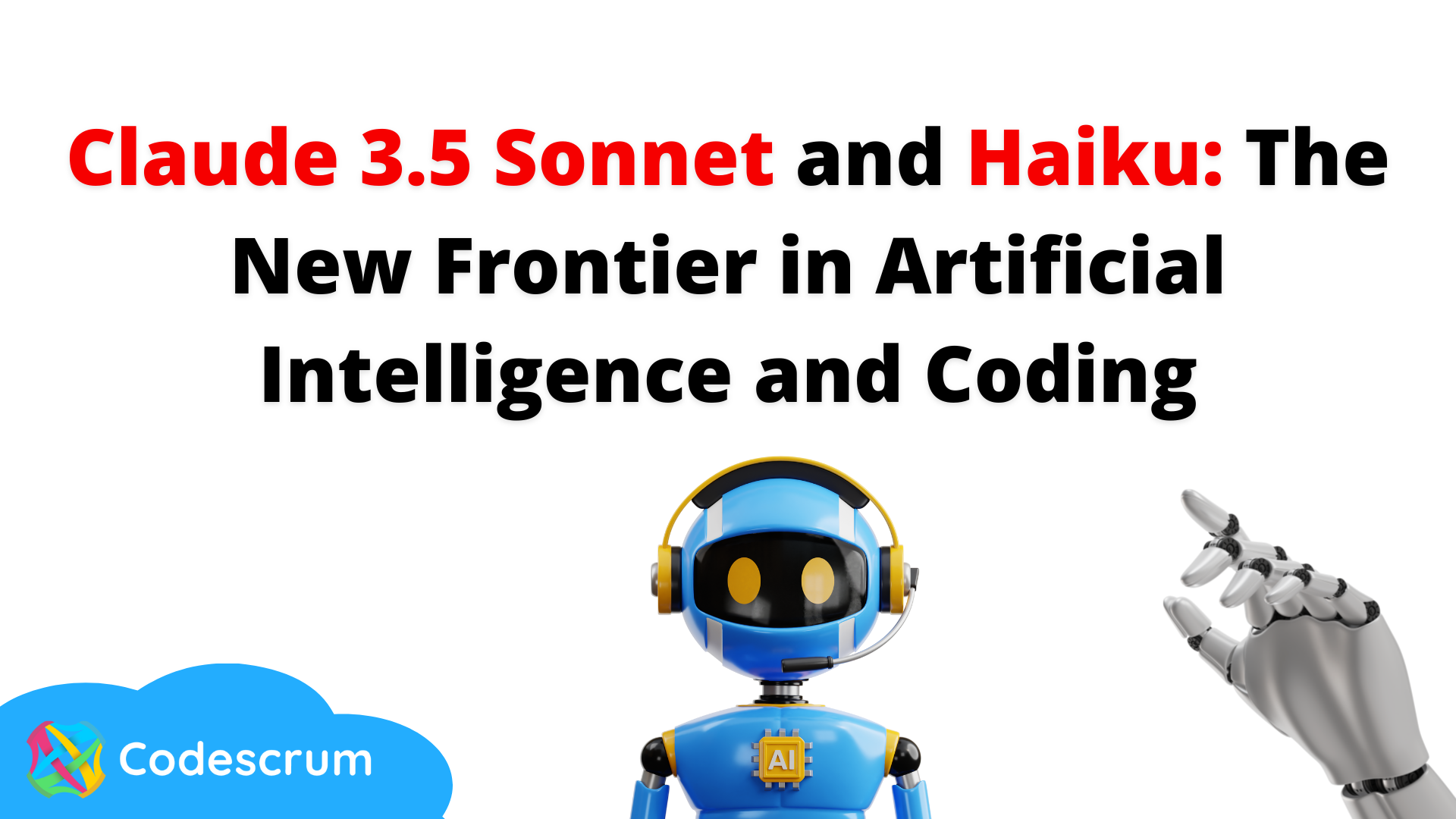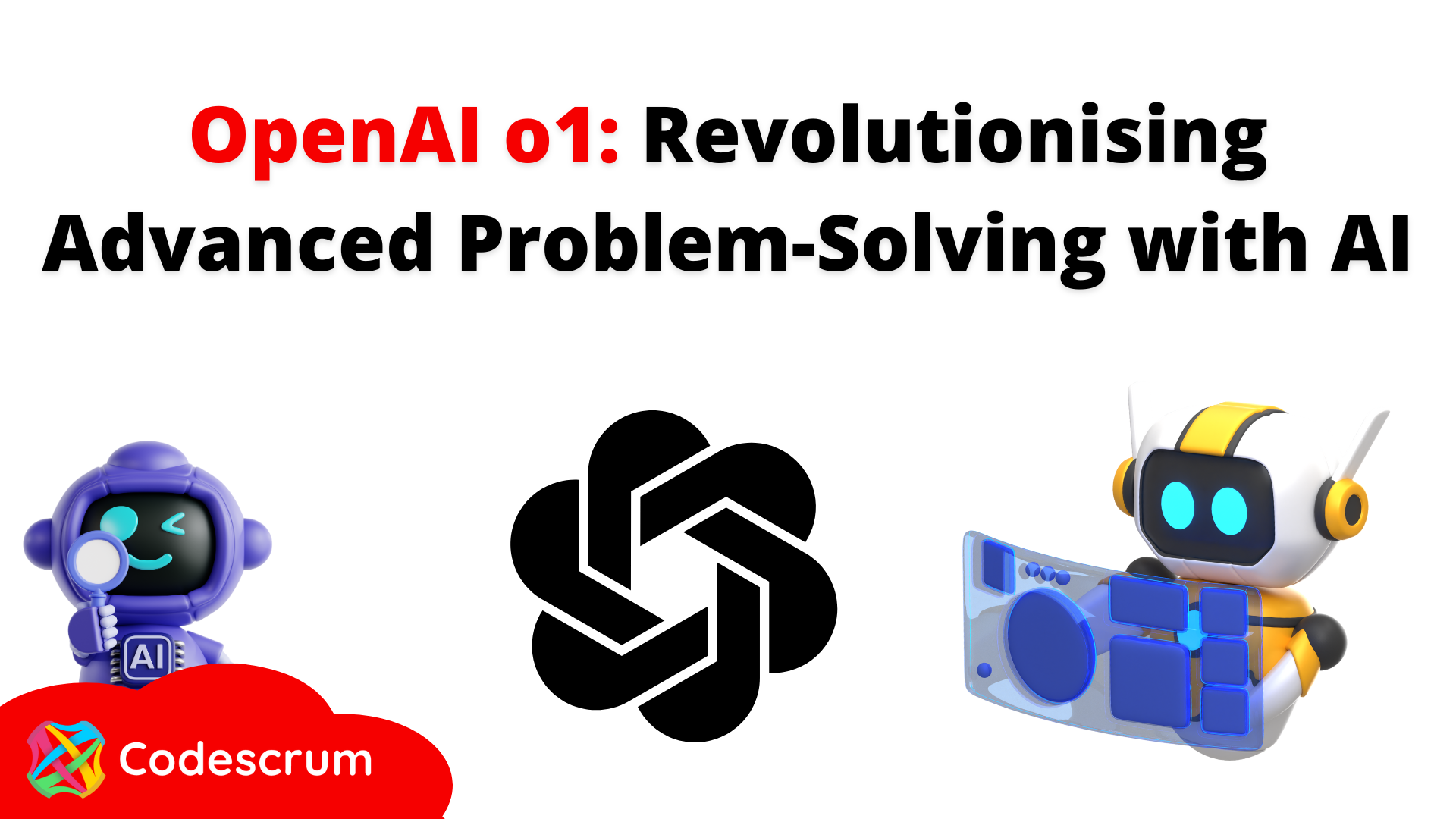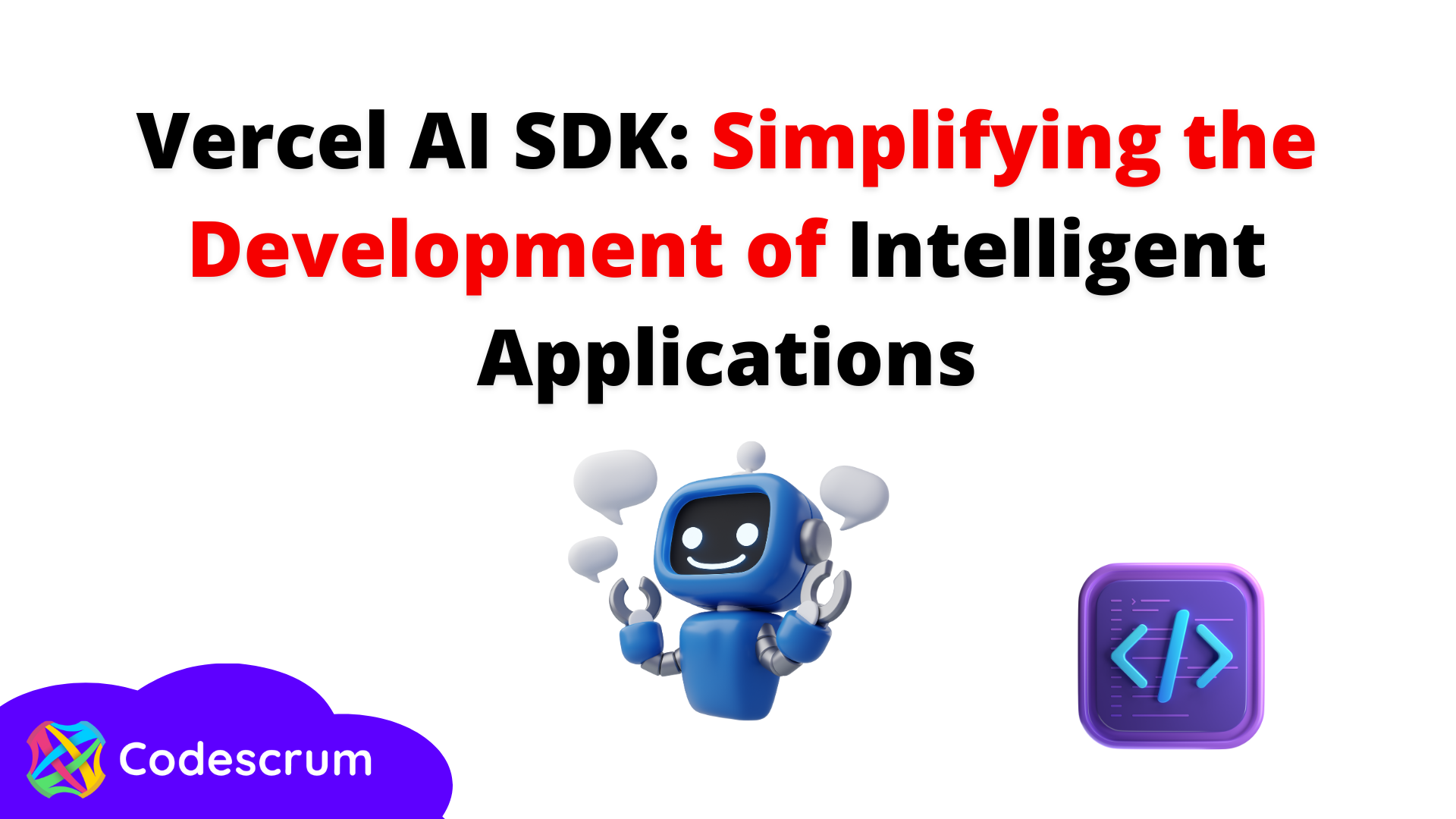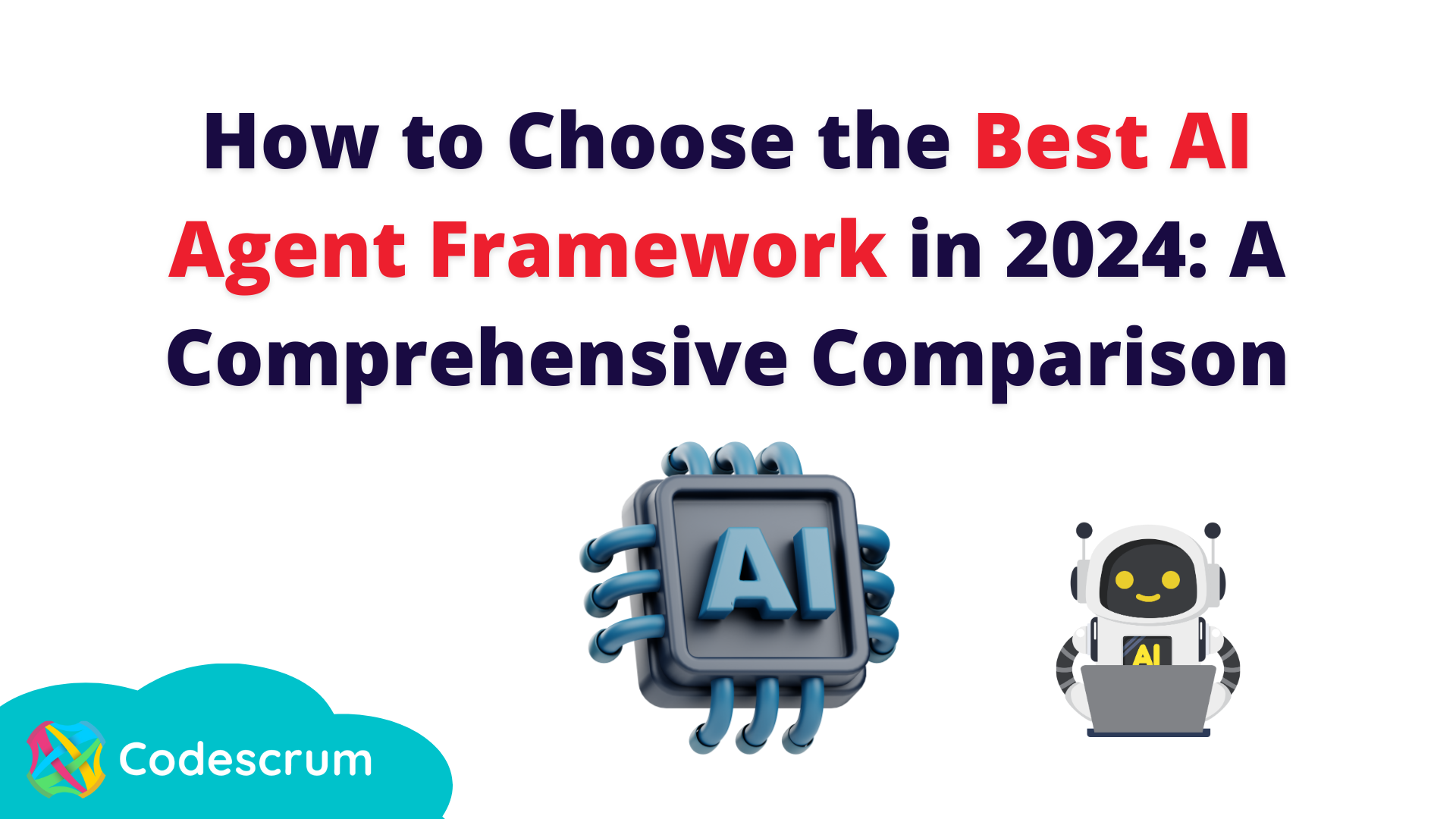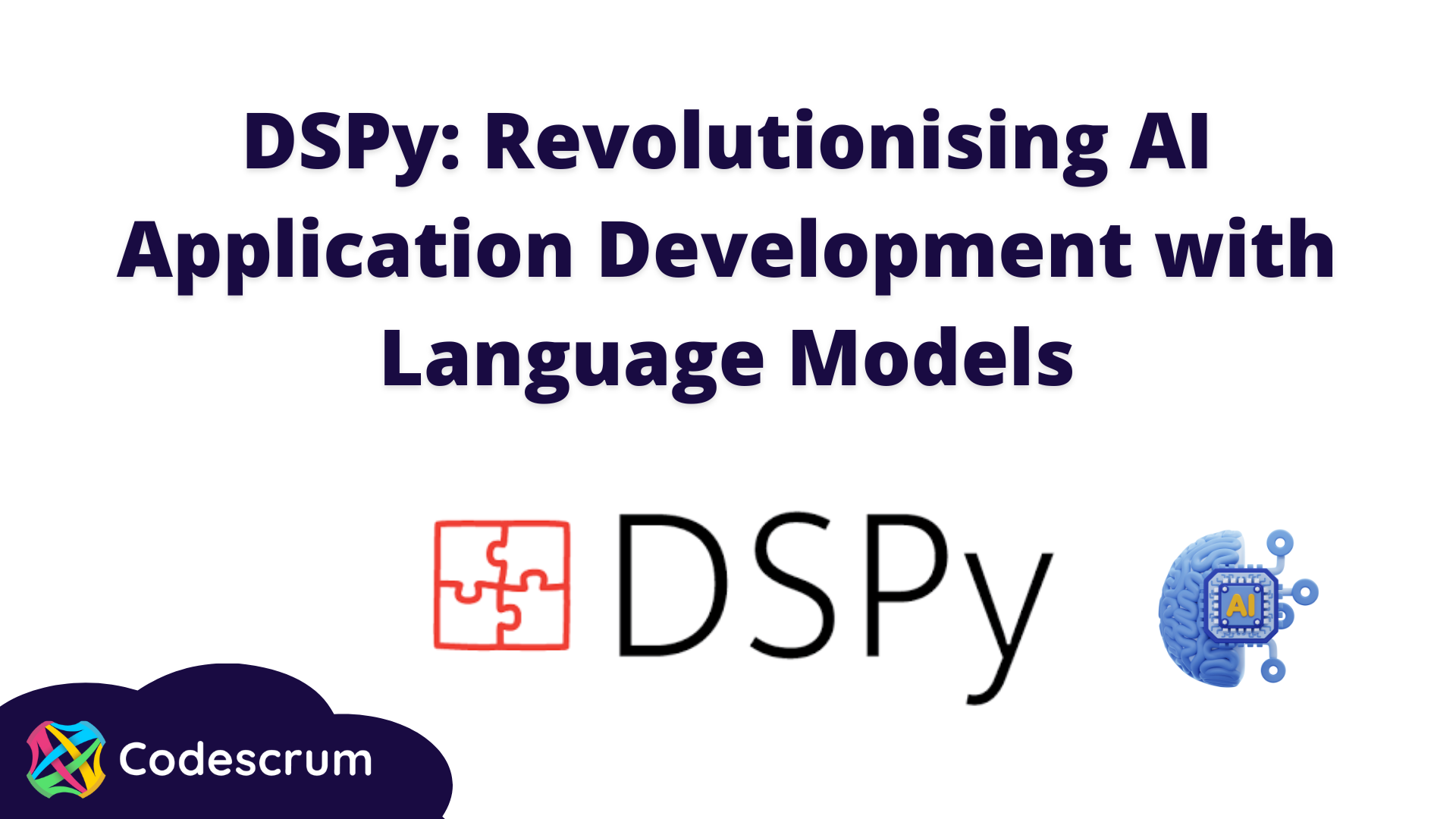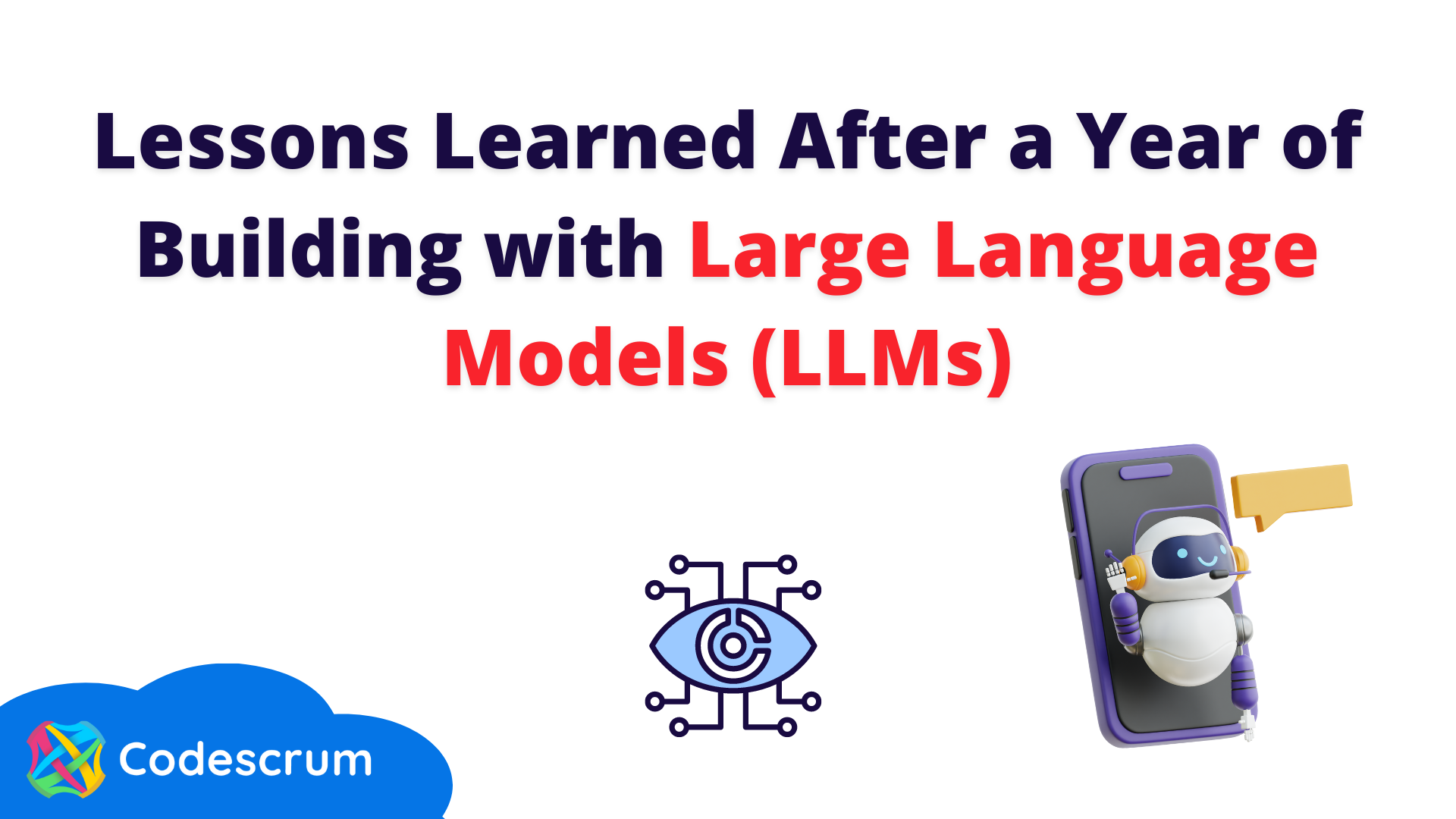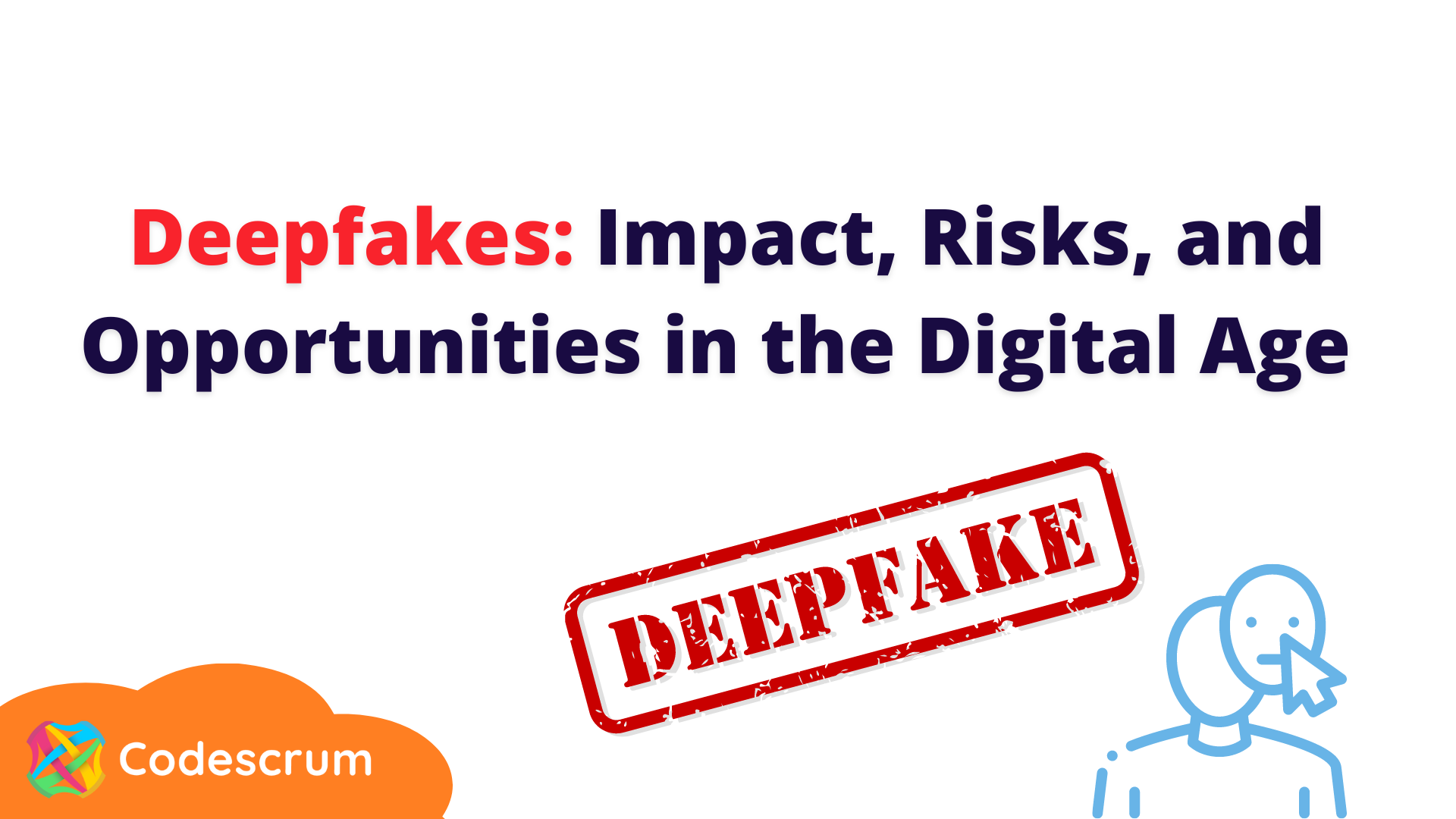Sora: The Revolution in Video Creation with Artificial Intelligence: Everything You Need to Know
Introduction to Sora: The Revolution in Video Creation through Artificial Intelligence
Sora, an innovative artificial intelligence system developed by OpenAI, is revolutionising visual content creation by generating realistic videos from text descriptions. This advancement marks a milestone in machines' ability to understand and depict the visual world, opening new frontiers in audiovisual production and digital creativity. Sora's creation has sparked great anticipation across various fields, from entertainment to advertising and education, due to its potential to automate and streamline multimedia content production.
Sora is a versatile and groundbreaking tool backed by advanced artificial intelligence technologies. Since its launch, It has piqued the interest of industry professionals and the general public alike, and its impact is expected to continue expanding as new applications and capabilities are discovered.
Operation of Sora: From Text to Video
Sora stands out for its ability to transform text into realistic videos, thanks to an artificial intelligence approach based on generative language models like those used in GPT and DALL-E. This technology inherits the advantages of large language models, combining various modalities of text, code, mathematics, and natural languages.
The video creation process begins with Sora interpreting the text input. This textual description can range from a simple phrase to a complete paragraph, which the AI converts into a coherent sequence of moving images that reflect the essence of the original description.
Sora relies on a deep neural network trained with large amounts of visual and textual data to achieve this. During training, the model learns to associate text patterns with visual elements, enabling the generation of coherent and realistic videos in response to various input instructions.
Sora uses sequences of video `patches´, similar to the text tokens used in GPT-4, to represent and process visual information. These `patches´ are essential for training generative models on different types of videos and images, defining the spatial-temporal dimension and order of the final result.
The quality of the results improves with training computation, which requires a robust infrastructure of video and processing chips. Additionally, Sora leverages techniques like DALL-E's re-captioning and ChatGPT to convert short user descriptions into detailed instructions.
Sora represents a significant advancement in machines' ability to understand and represent the visual world, providing new opportunities for high-quality multimedia content creation and setting standards in artificial intelligence innovation.
Sora's Creation: Advances in Artificial Intelligence
Sora, the innovative artificial intelligence tool developed by OpenAI, is the result of years of research and advancements in AI. While OpenAI has not disclosed all the details of how Sora was created, it is known to be based on previous technologies developed by the company, such as the generative language models GPT.
The development of Sora has been made possible by a multidisciplinary approach combining expertise in computer science, machine learning, natural language processing, and computer vision. OpenAI engineers and scientists have collaborated to design and train the AI models necessary to convert text into realistic videos.
The process of creating Sora likely involved the collection and labelling of large datasets to train the machine learning algorithms. Additionally, significant improvements are likely made to the neural network architecture used by Sora to enhance its ability to understand and generate coherent visual content from text descriptions.
While specifics about Sora's development have not been fully disclosed, its creation represents a significant milestone in machines' ability to interpret and generate multimedia content creatively and autonomously.
Sora's Capabilities
Sora exhibits impressive capabilities in transforming text into visually compelling videos. Beyond landscapes, Sora can depict various scenarios, from bustling cityscapes to serene countryside settings. For example, when given a description of a bustling metropolis, Sora can create a dynamic video showcasing skyscrapers, bustling streets, and vibrant city life. Similarly, describing a tranquil beach scene enables Sora to generate a video featuring golden sands, rolling waves, and clear blue skies.
Sora's versatility extends to storytelling, where it can animate characters and scenes based on narrative prompts. Sora can generate engaging animated videos with lifelike characters and immersive environments by providing a storyline featuring characters and their interactions.
Additionally, Sora's capabilities transcend static imagery, as it can simulate dynamic elements such as weather effects, day-night transitions, and realistic movements. Whether capturing a thunderstorm's excitement or a starry night's tranquillity, Sora brings text-based descriptions to life with stunning visual fidelity.
Challenges and Advances
During the development of Sora, significant challenges arose, particularly in the intricate tasks of understanding natural language and producing visually coherent content. These challenges stemmed from the complexities of interpreting human language nuances and translating them into meaningful visual representations. However, advancements in artificial intelligence, particularly in natural language processing and deep learning, facilitated substantial progress. Breakthroughs in these areas empowered Sora to surmount these obstacles, enabling it to achieve remarkable precision and realism in generating videos directly from text inputs. By leveraging sophisticated algorithms and neural network architectures, Sora has revolutionised the landscape of content creation, offering unprecedented capabilities in transforming textual descriptions into vivid visual narratives.
Future of Sora
The future of Sora looks promising, with the possibility of this technology being available to the general public soon. Sora is expected to significantly impact various industries, including entertainment, advertising, education, and more. Its ability to automatically generate high-quality visual content could revolutionise how content is created and consumed on the internet (especially on social media), opening new opportunities and challenges in artificial intelligence and media production.
Conclusions
In summary, Sora represents a significant advancement in artificial intelligence, demonstrating the ability to generate realistic videos from text automatically. Although challenges lie ahead, such as improving contextual understanding and generating even more sophisticated content, Sora's potential impact on visual content creation is undeniable. With an exciting future ahead, Sora has the potential to transform how we interact with digital media and artificial intelligence overall.
